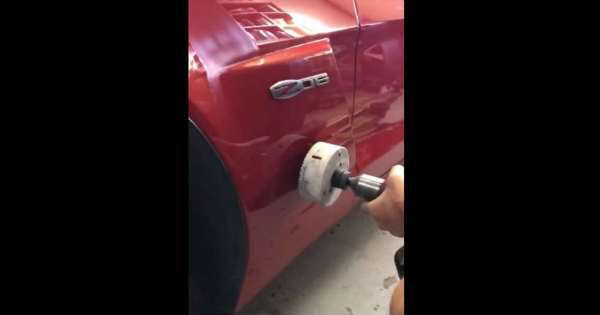The emission control device is a specialized component in an automobile responsible for burning toxic elements in exhaust gases. Today, catalytic converters are found in all vehicles. A representative from AutoCatalystMarket Andrey Levashenk provided more details on this topic. Their website helps find buyers for used catalytic converters from Chevrolet and other vehicles.

It consists of a metallic housing with ceramic elements, coated with precious metals such as:
- Palladium;
- Rhodium;
- Platinum.
Gases enter the emission control device and react with the metals, neutralizing unburned toxic elements. The gases are then released into the exhaust pipe and emitted into the air, thereby enhancing the vehicle’s eco-friendliness.
Typically, catalytic converters have a long service life, but they are not indestructible. The component’s lifespan depends directly on the quality of the gasoline used. The cells within the emission control device can quickly become clogged with fuel deposits, significantly reducing its efficiency.
This negatively impacts the vehicle’s performance. Moreover, there is a risk of ceramic element damage. In such cases, if the debris enters the engine’s pistons, serious damage to the components will occur.
Signs of a clogged catalytic converter:
- Increased fuel consumption;
- Reduced engine power;
- Occurrence of system errors.
The emission control device’s operation is monitored by a special sensor, which signals if the device is damaged. The catalytic converter’s malfunction can also be detected through computer diagnostics. The replacement of the emission control device is specified in the maintenance schedule and can be quite expensive. Many drivers may attempt to remove the catalytic converter from the system. However, this still requires installing an additional device and reprogramming it to meet lower emission standards.
Impact of Fuel Quality on the Catalytic Converter
The quality of gasoline undoubtedly affects its consumption, especially when the vehicle operates with an injector system alongside oxygen sensors. The sensors’ task is to monitor the fuel system’s composition. If these sensors detect that the fuel does not meet quality standards, the injection time increases, resulting in significantly higher fuel consumption.
How poor fuel quality affects fuel consumption
Experts assert that the octane number affects fuel consumption. If the required fuel is 95 octane, lowering it to 92 octane will noticeably affect the vehicle’s fuel consumption. It is essential not to use gasoline with a reduced octane number, as modern vehicles are more sensitive to any changes in fuel quality.
Poor-quality gasoline contains a high concentration of hydrocarbons added to increase the octane number.
Poor-quality fuel can lead to several problems:
- Soot deposits on the intake manifold;
- Decreased fuel efficiency;
- Reduced engine power;
- Rapid clogging of the catalytic converter;
- Increased carbon deposits on the engine;
- Engine component wear.
This is why fuel quality requirements are periodically updated. The restrictions prohibit increasing the volume of fuel mixtures by adding aromatic hydrocarbons. Modern markets offer naphthalene instead of additives. Adding naphthalene to gasoline increases the octane number, thereby enhancing engine power and reducing fuel consumption. However, naphthalene can clog fuel system hoses and injectors. Therefore, it is best not to take risks and opt for high-quality gasoline.

